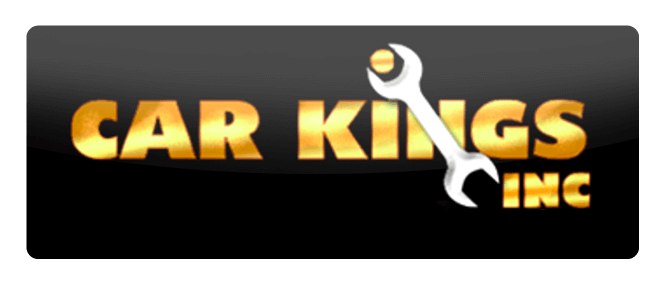

If you want your tires to last longer, than you may want to consider a wheel alignment. Wheel alignments are an important but sometimes overlooked maintenance item that can make a big difference in the longevity of your tires and the overall driving performance of your vehicle.
In this month’s blog post, we explain the importance of a wheel alignment, how to spot developing alignment problems, and what is involved in this simple and inexpensive maintenance task.
Why is a Wheel Alignment Important?
When the vehicle wheels are aligned, this means that they are all pointing in the same direction as the steering wheel. Misaligned wheels diminish your steering performance and can create unnecessary wear and tear on your tires.
The most common reasons that wheels become misaligned are:
- Vehicle Accident: You have been in an accident that has caused damage to the suspension or other components of the vehicle. Even though you may only sustain body damage from an accident, the amount of force from the impact in an accident can put the wheels out of alignment.
- Potholes: Potholes are a road hazard that can cause a lot of damage to your vehicle and especially the wheel alignment. Some potholes may be deep and throw off the alignment, and should be avoided, if possible. When a pothole is unavoidable, it’s best to slow down but not by applying brake pressure but removing your foot from the gas.
- Speed Bumps and Curbs: When you are driving over speed bumps, make sure to reduce speed. Some speed bumps are considerably high and can cause damage especially if you are not slowing down to drive over them. Hitting curbs is also an inevitable part of driving. When making turns, use a wider turn to avoid a curb and of course, hitting a curb at a high speed has more potential to throw off the alignment.
Signs of Bad Alignment
If your wheels are out of alignment for any of the above causes, you will notice some tell-tale signs. It is important to address any significant alignment issues as quickly as possible to avoid further damage, wear to your tires, and other vehicle components.
When your wheels are not aligned, you may experience:
- Drifting: When your tires are misaligned, it can cause your vehicle to drift or pull in one direction. When you are driving straight, the vehicle should stay straight and not drift in either direction without using the steering wheel.
- Tire Tread Wear: If you notice unusual tire wear, then this could be a sign that your wheels are not aligned. It may also be an indication that you need to rotate and/or balance your tires.
- Steering Wheel Vibration: Like the drifting, if your steering wheel is shaking or vibrating while in motion, this could be a sign that there is an alignment issue.
- Steering Wheel Performance: When you make a turn, your steering wheel should return to a neutral position on its own. If you must use effort to return the steering wheel, this may indicate a problem with wheel alignment.
What’s Involved in Alignment?
There are three aspects of wheel alignment that a service professional will evaluate to re-align your wheels:
- The Camber Angle – the camber is the inward or outward angle that your tires lean looking at them from the front of the vehicle.
- The Toe Angle – the toe is the inward or outward angle of your tires looking at them from above the vehicle
- The Caster Angle – the caster is the angle of your tires looking at them from the side of the vehicle.
The alignment process involves adjustments of the wheels based on the tire angles, according to the manufacturer specifications. A wheel alignment is a relatively inexpensive service, but it has many benefits, including safer driving, a smoother ride, improved gas mileage, and increased longevity of your tires.
If you have concerns that your vehicle may have alignment problems, contact the service professionals at Car Kings to schedule an appointment.
